Meet the artist: JM Blay
His film credits include Dungeons & Dragons and games in the Call of Duty series, 3D artist JM Blay explains his creative approach.
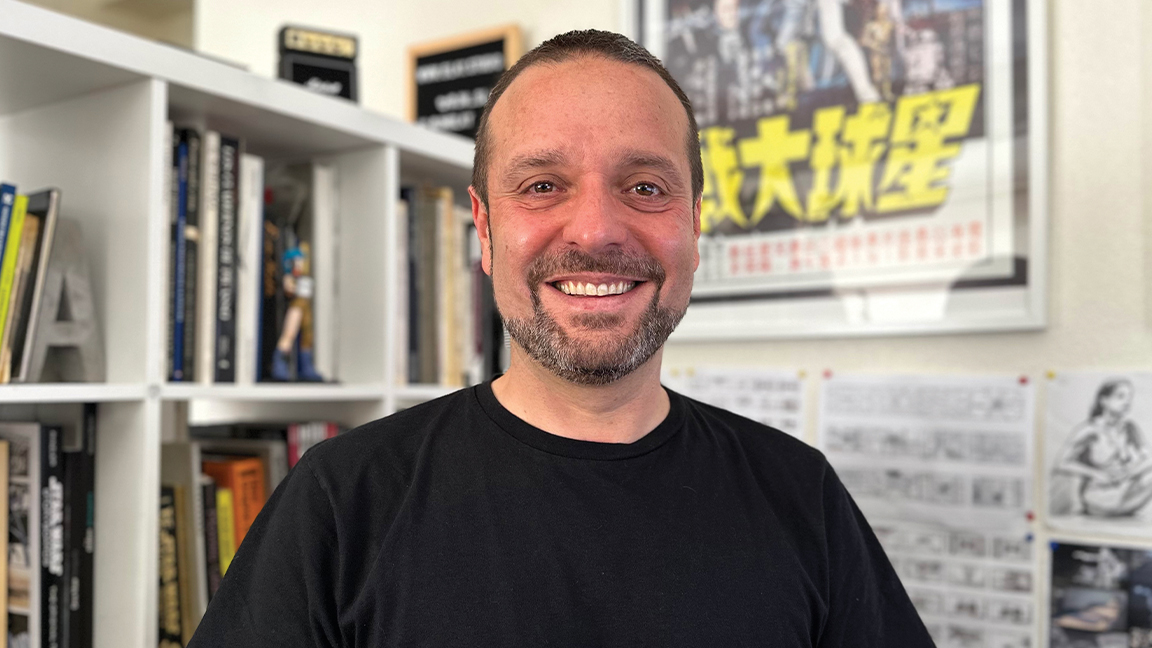
With more than 20 years of experience in the creative industry, JM Blay has worked on movies such as Dungeons & Dragons, The Hobbit and Guardians of the Galaxy, video games including the Call Of Duty series, and music videos for artists like Paul McCartney and Lady Gaga.
He is the creative director and founder of Blay Studio, a production company and creative studio based in Valencia, Spain, and has collaborated with renowned studios and agencies worldwide. In that time, Blay has developed projects for a host of companies including Netflix, Marvel and Sony.
Blay holds a degree in fine arts, a master's degree in audiovisual communication, and a PhD in motion graphics. Blay's work has also been recognised in specialised magazines, and he has given lectures at festivals and universities worldwide. Below the Spanish creative talks us through his foundational moments in 3D, a typical day running his own studio, and the tools used to create his work. (If you're inspired, read our guides to the best laptops for 3D modelling and the best laptops for animation.)
Do you have a background in 3D design or are you self-taught?
"At university I studied art and audiovisual communication. 3D and motion graphics is something I started learning by myself during my final year of university. When it comes to 3D, I started with 3ds Max and used that software for a couple of years, but
"I abandoned it because, at that time, it was really tedious and complicated to learn. This was before the internet. Later on, when I was doing gigs as a motion designer, I started playing with Cinema 4D (C4D) and it blew my mind. I've never stopped using C4D since I opened it for the first time."
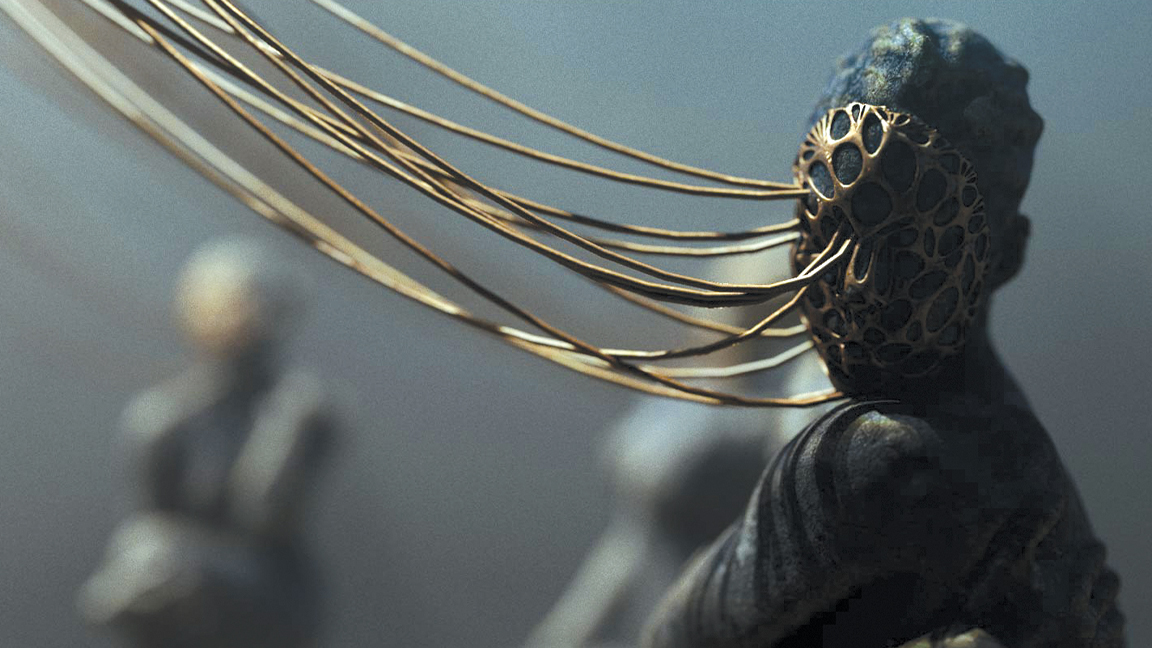
How do you keep things fresh?
"I find inspiration in movies, documentaries, series, books, museums and music, but especially watching 'making-of' features of movies. I try to find inspiration in all the things that surround me, but not as a methodology; it's because I've been curious my whole life and have never stopped. My mind is always being stimulated by different sources, not necessarily related to the industry. In fact, I kind of avoid keeping up with the latest trends and such."
What’s your day-to-day life like?
"I usually follow the same routine: I wake up, I take my kid to school, and then I work. I've run a fully remote creative studio since 2018, so my working day starts with having a meeting with my team to make sure everyone has work to do, then I begin working myself.
"Some days I spend the whole time dedicated to developing a project, doing 3D and motion design, while other days are full of meetings, emails, and so on. I'm based in Spain, so if my client is from the US, I focus on the mornings and have all the meetings in the afternoon. If my client is from the UK or Europe, then I have more time in the evenings and can go to the gym and do martial arts to unwind."
How long have you been creating in 3D and what software do you use?
"I started using 3ds Max in the early 2000s and used it for a couple of years, then I focused on motion graphics until around 2012 when I started using Cinema 4D. I've been using After Effects since the late 90s, playing with parallax and also using it for comping the 3D.
"Now my studio is focused on developing high-end motion design and 3D projects for advertising and marketing agencies, film studios, and final clients, producing projects from start to delivery, or helping with any part of the process."
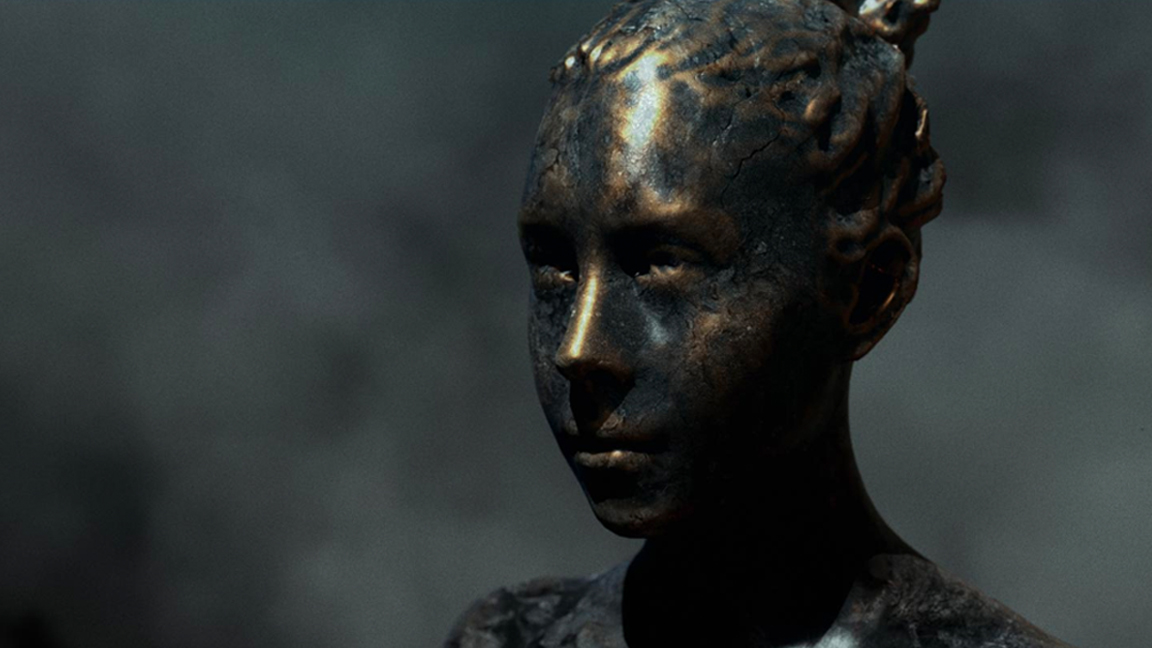
Can you tell us a bit about your current studio setup?
"I work from home, and I love it. I have an office with all the equipment that I need. My main machine is a 3.1GHz 14-core Intel Xeon W with 128GB memory, and two 16GB AMD Radeon Pro RX 6900 XT graphics cards, all running with iOS. With that machine, I use two BenQ monitors as well as a Wacom Intuos tablet.
"I have a second machine, a MacBook Pro, that I use for travelling and meetings, and then an iPad Pro for sketching. All the devices are connected to an 80TB QNAP server where I have all my assets, past projects, and the like. I also have a great pair of speakers and a professional microphone."
Can you walk us through a typical piece from concept to final render?
"Usually the first thing I do is research. I go deep into the subject I'm going to work on to have a better understanding. After that, I put together some mood boards and ideas to discuss with the client. Once the client chooses a route, I create a storyboard and some style frames.
"Once that’s approved, I start creating animatics and producing the final piece; editing, adding VFX, colour grading, and such. We can do 100% of the steps needed to complete a project, from ideation to delivery, including final exports in any format the client may need."
How often do you sketch?
"I'm always doing sketches and doodles, whether it’s for fun or for work. Sketching out ideas is a quick way to visualise what's in your mind. It's something I started doing when I was a kid, and it's still an integral part of my process."
How often do you work on your personal portfolio?
"I'm always working, either on a paid project or a personal project. Working on personal projects is a really good way to keep your skills fresh and your creativity in motion. I discovered a lot of different techniques and ways to work when doing personal projects, which I applied later on to paid jobs."
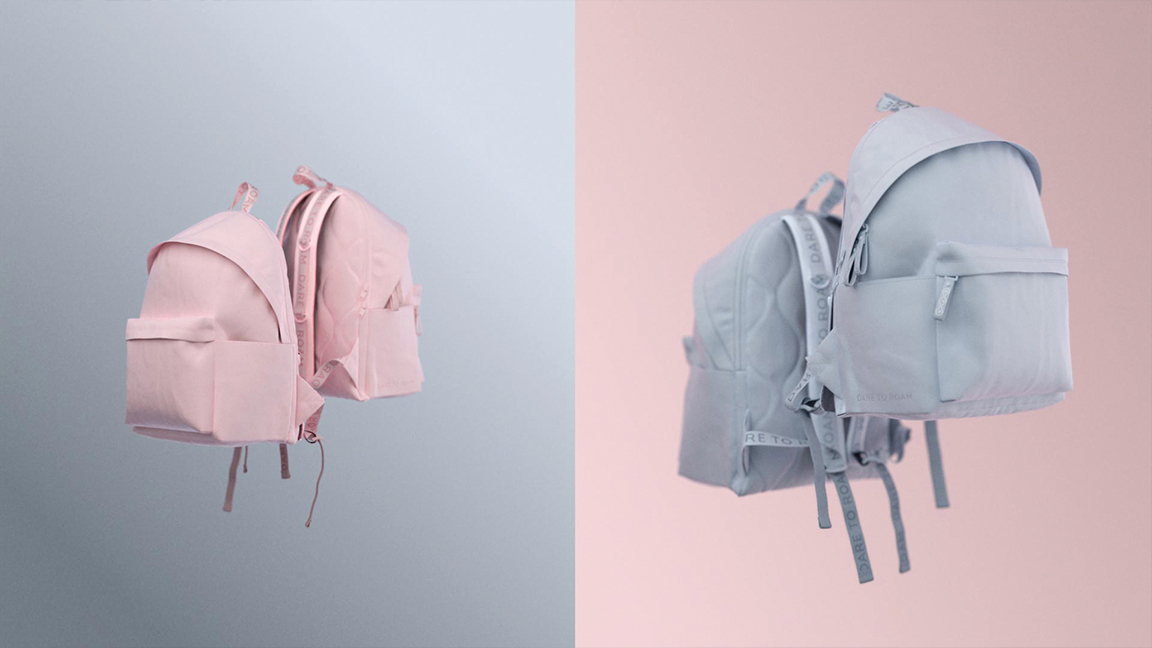
What's been your favourite project to work on?
"My favourite project so far is the Dare To Roam launch campaign; Dare To Roam is a new clothing company specialising in antimicrobial technology, created by Harper + Scott, and Ciara Princess Harris. They contacted the studio as they saw the work we did for the international campaign for Reebok, and they wanted something similar.
"They had the idea to show the product on a molecular level to highlight the antimicrobial feature in the fabric of their products and wanted 16 seconds of animation. The team at Harper + Scott trusted us entirely from the beginning and gave us the creative freedom to develop our ideas, and the whole process was challenging and fun.
"The project was highly successful, receiving coverage in clothing and accessories media upon its launch, and later being featured in numerous motion design and 3D magazines. It’s rewarding to see your work featured in so many places, especially after having enjoyed the process of creating it."
Going forward, is there a dream project that you’d like to work on?
"I really love what I do, whether it’s for advertising, movies, television, video games, or multimedia, but doing film and television titles is perhaps what I enjoy the most. So I could say my dream project would be creating the main titles for a really cool movie or series, where I can have the ideas and freedom to be creative. Also, having enough time and budget to make it happen and it be an enjoyable experience would be a dream for me."
This content originally appeared in 3D World magazine. Subscribe to 3D World at Magazines Direct.
Daily design news, reviews, how-tos and more, as picked by the editors.
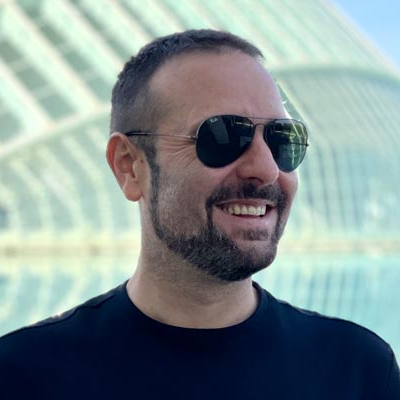
JM Blay is a creative director and director, founder of the creative studio and production company Blay Studio. With over 20 years of experience working in the creative industry, he has worked for films, television, and advertising; as well as for music videos, digital products, and video games. During his career he has collaborated with studios like The Mill, MPC, Prologue Films, Perception, Nexus, ETC, Momoco, Spov, or Territory and for agencies like Red Bee, Huge, Imagination, or Critical Mass.
- Rob RedmanEditor, ImagineFX
